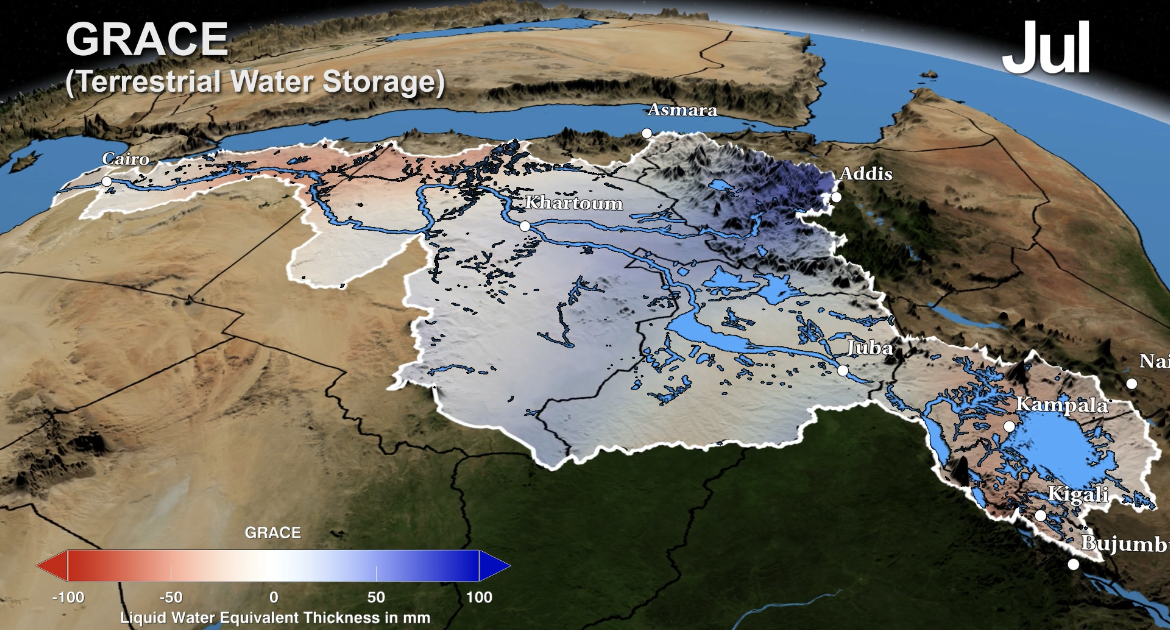The Anomaly of Thirst: Why Must a Fountain Die of Drought While Filling the Oceans?
In the grand, often brutal theater of geopolitics, there exists a paradox so profound it defies logic and mocks justice. It is the story of a nation, a veritable fountain of life for an entire region, condemned to watch its own historical arteries wither while its lifeblood nourishes empires and neighbors alike. This is the story of Ethiopia—a landlocked giant, whose historical waters were stolen, and whose current, monumental contribution to a global sea is met with a deafening, convenient silence.
This is not merely a political grievance; it is a cosmological imbalance, a question the world must answer: Why is a nation that breathes life into an international sea itself denied a single breath of its own salty air?
I. The Ghost of the Red Sea: A Stolen Inheritance
To understand the present, one must first listen to the whispers of history. The Red Sea was not always a stranger to Ethiopia. For centuries, the Aksumite Empire was a maritime power, its fleets navigating the crimson waters, its ports like Adulis humming with the commerce of three continents. The Red Sea was Ethiopia’s front door, a gateway to the world.
This inheritance was severed not by nature, but by the cold, calculated scalpel of colonialism. The Treaty of Wuchale, the machinations of European powers, and the subsequent secession of Eritrea surgically removed Ethiopia from its coastline. As the African proverb goes, “Until the lion learns to write, the story will always glorify the hunter.” The story of the Red Sea access was written in colonial chanceries, and the Ethiopian lion was left with a phantom limb—an ache for a shore that was once its own





